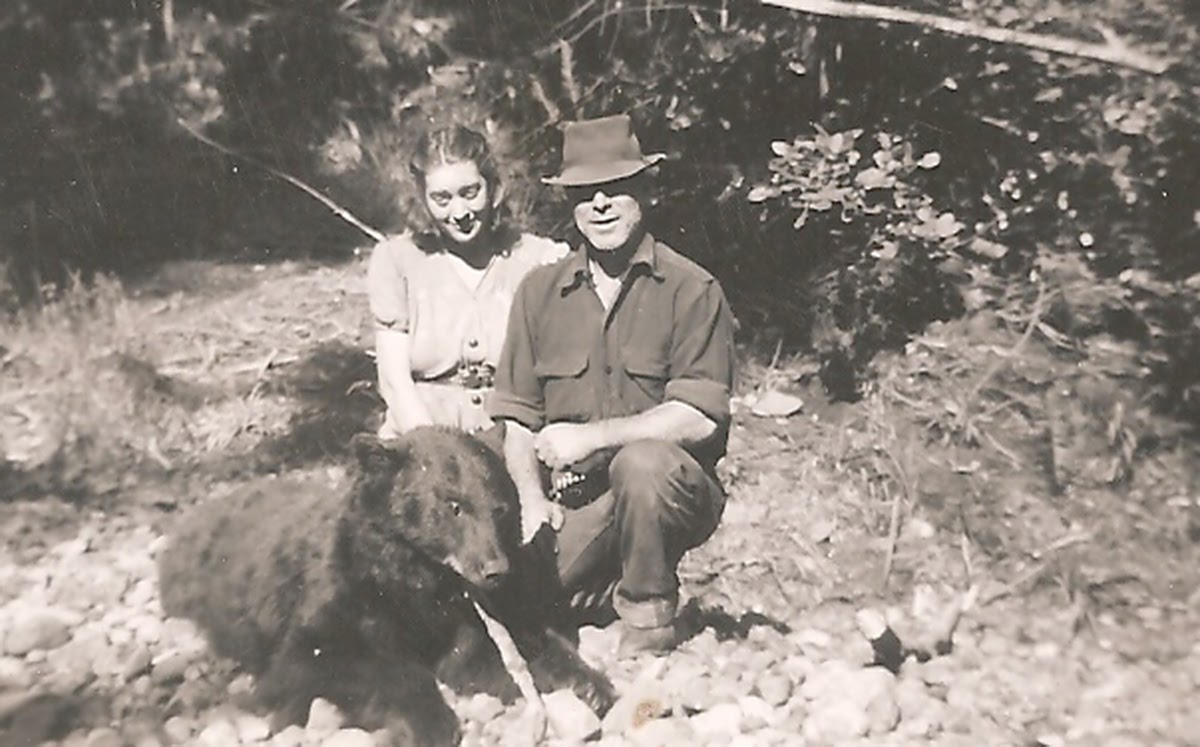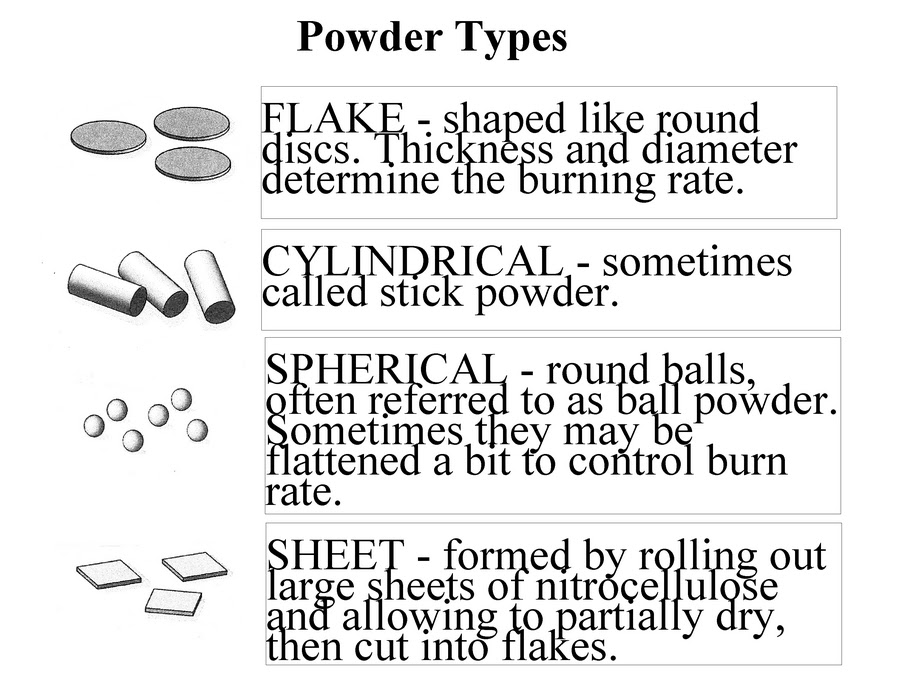VMD is "Volume Measure Density". When working up a load, you must know your case capacity at the bottom of the neck of your cartridge. Fill a primed case with water to the bottom of the neck. Then dump the water into the charge pan and weigh the water. This will give you the grains of water.
 |
| Photo from castbullet.com. Go here to see how they figure the water weight. |
Next, you have to convert grains into grams. 15.4 grains = 1 gram. Thus, you divide the water weight in grains by 15.4 to convert to grams. Next, you have to divide the bottom of the neck case capacity by your powder's VMD value.
The best VMD chart I've found is Lee Precision, Inc's VMD chart which you can view HERE. You can visit the Lee Precision, Inc. website HERE. For an example, I'll use the .308. It turns out there are 52 grains of water to the neck in the .308. So you would divide 52 grains by 15.4 which equals 3.37.
Then you take 3.37 divided by your powder's VMD, which is .0655. .0655 is Winchester 748 powder's VMD. 3.37 divided by .0655 equals 51 grains of powder. This is 99%, and way too hot, and is over the 94-97% maximum. The pressure that will occur will be way too high.
Therefore, I drop down to 49 grains of 748 and come up with a value percent that is within the tolerance range.
To find the percent figure, we take the powder charge times the powder's VMD (49 x .0655 = 3.20). The powder charge times VMD = 3.20. We take that value and divide it by our max value, which was 3.37. It looks like this: 3.20 divided by 3.37 = .9495, which is very close to 95%. This percent figure falls perfectly into our 94-97% margin, which gives us a maximum velocity with a pressure curve under maximum pressure.
Thought you'd like this little tidbit of information.
Mac McLeod
















.tif)



